
200W Foldable Solar Panel For Portable Power Station Folding Solar Panels Portable Power Supply With Solar Panel





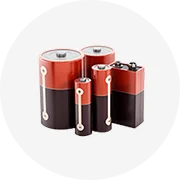
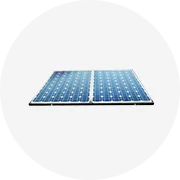
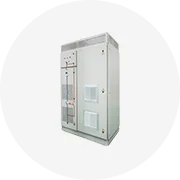
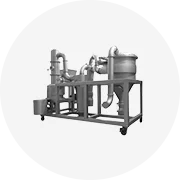

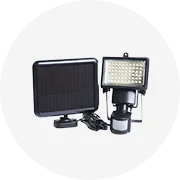
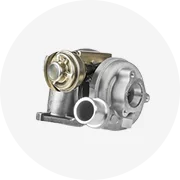
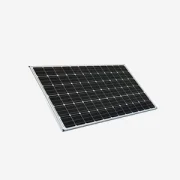

The solar cells wafer category encompasses the foundational components used in the assembly of solar modules. These wafers are the critical substrates from which individual solar cells are created, serving as the building blocks for solar panels that capture and convert sunlight into electrical energy. As a pivotal element in the solar power industry, solar cell wafers are instrumental in the production of both standard and flexible solar panels.
Solar cell wafers come in various forms, primarily categorized by their material composition and structural design. The most common types include monocrystalline and polycrystalline wafers, each with distinct characteristics in terms of efficiency and manufacturing processes. While monocrystalline wafers are cut from a single crystal of silicon, offering higher efficiency, polycrystalline wafers are made from multiple silicon crystals and are generally more cost-effective.
The application of solar cells wafer technology extends beyond residential and commercial solar panel installations. These wafers are also integral to the production of solar-powered devices, off-grid power solutions, and large-scale solar farms. Their versatility and adaptability make them suitable for a range of environments and climatic conditions, contributing to the growing adoption of solar energy across various sectors.
The quality of a solar cells wafer is determined by its material purity, size, and thickness, which directly influence the solar cell's performance. Silicon remains the predominant material used due to its semiconductive properties, with advancements in wafer technology focusing on maximizing the silicon's light absorption and electrical conversion efficiency. Innovations in wafer manufacturing aim to reduce material usage while maintaining or enhancing performance.
The adoption of solar cells wafer technology offers numerous advantages, including environmental benefits through the reduction of carbon emissions and the provision of a renewable energy source. Additionally, advancements in wafer manufacturing contribute to the reduction of solar energy costs, making it a more accessible and sustainable energy solution for a broader audience.
Selecting the appropriate solar cells wafer requires consideration of the intended application, efficiency requirements, and budget constraints. It is essential to evaluate the specifications of different wafers, such as their size, type, and material properties, to ensure compatibility with the end-use solar technology. Alibaba.com serves as a marketplace that connects buyers with a diverse range of suppliers offering various solar cell wafers to meet the needs of different projects and applications.